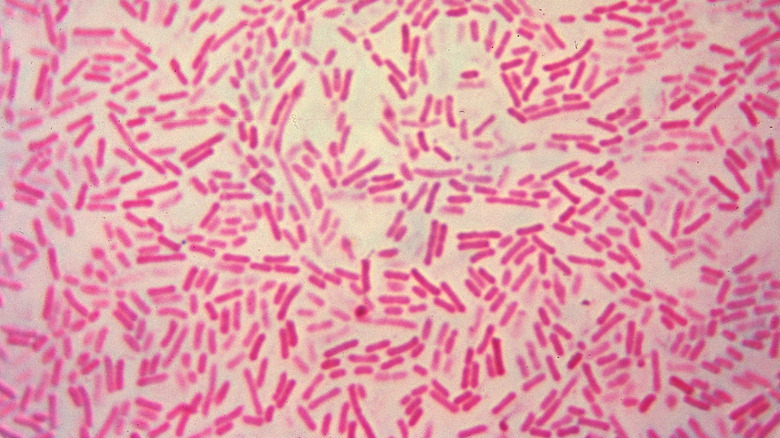How Long Will The Earth's Oxygenated Atmosphere Really Last?
The oxygen in Earth's atmosphere is key to making ours the only planet known to harbor life, but this precious resource is in limited supply. Although it is the best-known component of the air we breathe, oxygen isn't actually the most abundant element in the atmosphere. That title belongs to nitrogen, which makes up some 78 percent of the atmosphere. Oxygen slides in at second place, making up about 20% of the atmosphere, and unfortunately those oxygen levels are going to drop much, much lower in the future. In fact, according to a recent study, Earth will run out of breathable air in about 1 billion years.
Scientists Kazumi Ozaki of Toho University and Christopher Reinhard of the Georgia Institute of Technology created a computer model to simulate the course of Earth and its atmosphere's future. After running the simulation nearly 400,000 times, they compiled their research and published it in the journal Nature Geoscience in 2021. The results predict that Earth's oxygenated atmosphere will be gone in a billion years. The good news is that none of us here today will have to suffer through that change, but many scientists now believe that atmospheric oxygen loss will be the end of life on Earth for good, so let's explore the forces behind this decline, and what the planet will look like in its aftermath.
Why Earth's oxygen-rich air won't last forever
Responsibility for Earth's future oxygen loss rests mainly on the sun. Most scientists believe that the sun is approximately halfway through its lifespan, and while it still won't die for another 4 to 5 billion years, the planets surrounding it, including Earth, will suffer consequences much earlier. One billion years in the future, the sun will be 10% brighter than it is today, and while that might not sound like a lot, it will dramatically raise solar radiation and therefore temperatures here on Earth.
As the atmosphere gets hotter, the small amount of carbon dioxide gas within it will start to break down. Given the concerns over CO2 as a greenhouse gas, you might think this would be a good thing, but reality isn't so simple. Atmospheric CO2 levels need to stay within a certain range for life on Earth to survive. Just as too much CO2 in the atmosphere poses a threat, so does too little. Some amount of CO2 in the air is necessary for plants to perform photosynthesis, which is the source of oxygen. If there's no CO2 for plants, there will be no oxygen for animals to breathe.
This issue is complicated by the effects of climate change. Trees are already getting worse at photosynthesis as weather patterns grow more extreme. A billion years from now, atmospheric oxygen levels could be a million times lower than today. Despite doomsday predictions, though, there is still potential for life on Earth to persist beyond this.
Ancient lifeforms could survive deoxygenation
To predict what Earth will be like after this future deoxidation event, it actually helps to look deep into the past. When Earth first formed roughly 4.5 billion years ago, its atmosphere was primarily methane, carbon dioxide, and some water vapor. Solar radiation would separate the hydrogen and oxygen in water vapor, but that oxygen would swiftly get absorbed into the planet's forming crust. This meant that there was almost no oxygen in the air itself. However, that didn't stop life from forming on Earth.
Microorganisms appeared in the young oceans that were anaerobic, meaning they lived without breathing oxygen. Instead, they survived on minerals present in the primordial waters. Everything changed roughly 2.7 billion years ago when a new class of organisms evolved called cyanobacteria. They were the first living things capable of photosynthesis, and as a result, they were responsible for finally breathing oxygen into the planet's atmosphere.
A billion years from now, if oxygen levels have indeed dropped as much as scientists predict, the planet will likely revert to a state akin to what came before cyanobacteria. The only lifeforms that could persist are the anaerobic ones. All around the world today, there still exist bacteria that live without breathing oxygen, and once all air-breathing creatures are suffocated out of existence, the planet will once again be their domain.


